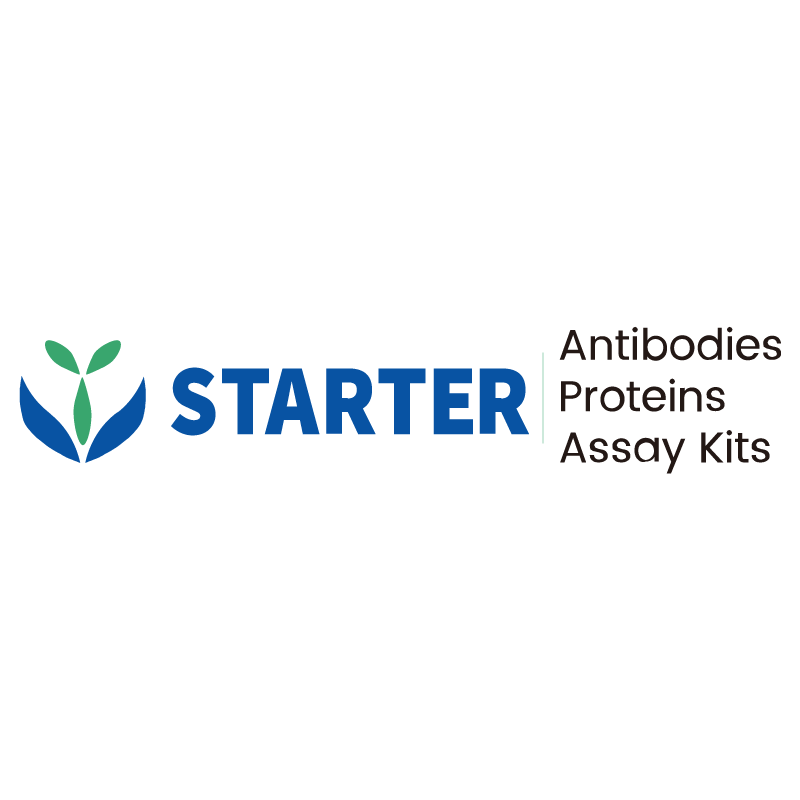Flow cytometric analysis of C57BL/6 mouse splenocytes, treated 72 hours with Concanavalin A labeling CD30 at 1/400 dilution (0.5 μg) (Right panel) compared with a Amenian hamster IgG Isotype Control / (Left panel), followed by Anti-Armenian Hamster IgG (H+L) biotin and Sav-PE. Then cells were stained with CD3 - Brilliant Violet 421™ antibody separately.
Product Details
Product Details
Product Specification
| Host | Armenian hamster |
| Antigen | CD30 |
| Synonyms | Tumor necrosis factor receptor superfamily member 8; CD30L receptor; Lymphocyte activation antigen CD30; Tnfrsf8 |
| Location | Cell membrane |
| Accession | Q60846 |
| Clone Number | S-R714 |
| Antibody Type | Recombinant mAb |
| Isotype | IgG |
| Application | FCM |
| Reactivity | Ms |
| Positive Sample | ConA-treated C57BL/6 mouse splenocytes. |
| Purification | Protein G |
| Concentration | 2 mg/ml |
| Conjugation | Unconjugated |
| Physical Appearance | Liquid |
| Storage Buffer | PBS pH7.4 |
| Stability & Storage | 12 months from date of receipt / reconstitution, 2 to 8 °C as supplied |
Dilution
| application | dilution | species |
| FCM | 1:400 | Ms |
Background
CD30 (TNFRSF8) is a 120 kDa type-I transmembrane glycoprotein of the tumor necrosis factor receptor superfamily, expressed on activated T and B cells, Reed–Sternberg cells of classical Hodgkin lymphoma, and anaplastic large-cell lymphoma, where it regulates proliferation, apoptosis, and NF-κB signaling through TRAF1/2/5 adaptor proteins upon trimerization with its ligand CD30L (CD153), and serves as the validated target for the antibody–drug conjugate brentuximab vedotin that delivers the antimicrotubule agent monomethyl auristatin E into CD30-positive malignant cells.
Picture
Picture
FC


